SUMMARY
This is AI generated summarization, which may have errors. For context, always refer to the full article.
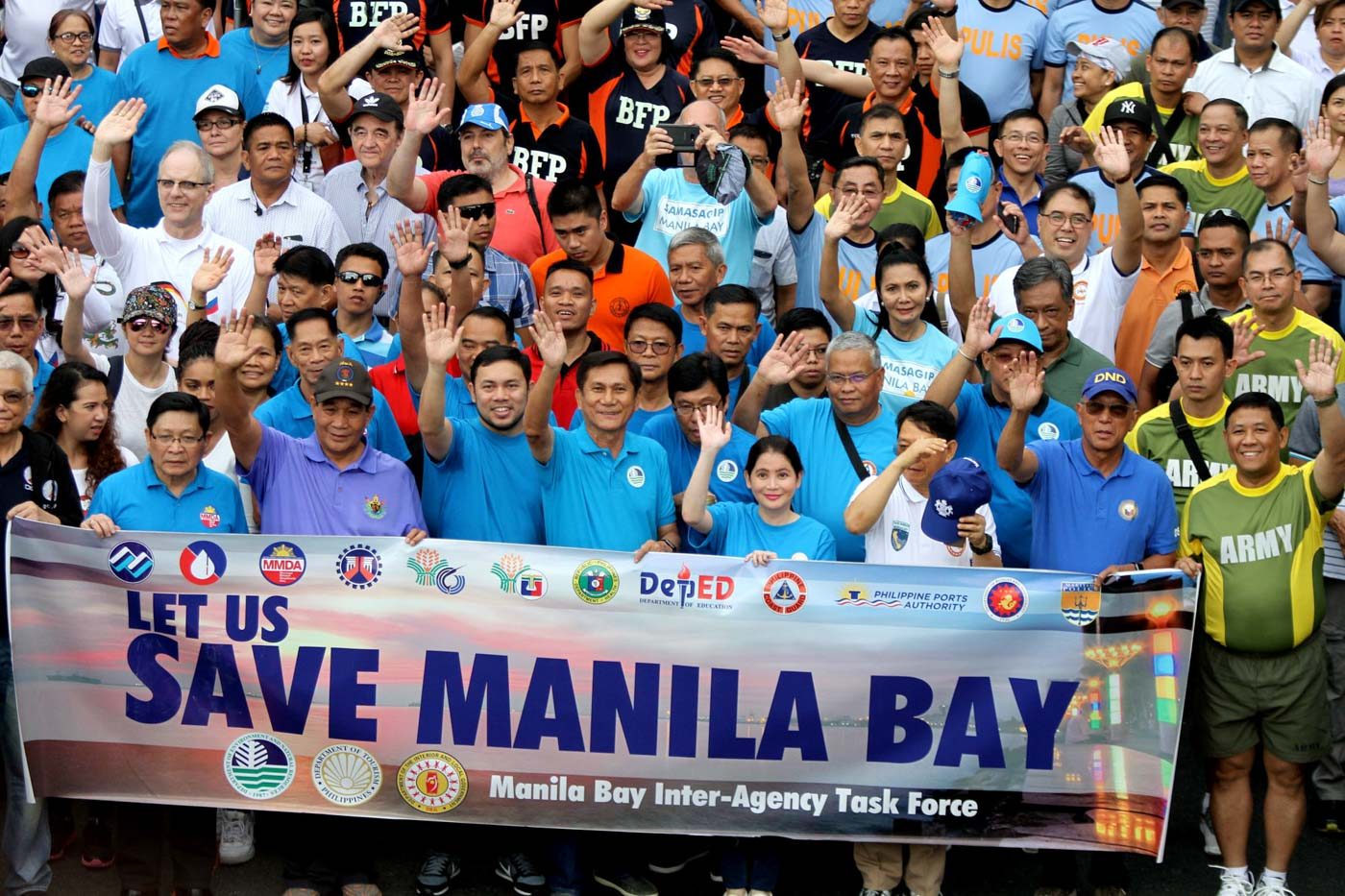
AT A GLANCE:
- People are willing to volunteer to clean up Manila Bay, but government needs to come up with programs that will sustain efforts.
- A clean Manila Bay will require dealing with these big, complex metropolitan problems such as clogged waterways, housing, and poverty.
- Rumors of reclamation resurface, tainting cleanup efforts.
MANILA, Philippines – Social media was abuzz and appreciative of government efforts to finally initiate a cleanup of Manila Bay.
Once a famous tourist spot and a feature of many postcards, it’s hard to imagine how Manila Bay has deteriorated over the years.
Come 2019 and the Inter-Agency Task Force which took charge of the rehabilitation of Boracay promised that the beauty of Manila Bay would no longer be just the object of nostalgia.
About 5,000 people showed up last January 27 for the cleanup’s kick-off, some pledging to come every week or whenever they can, just to help. The positivity was contagious.
Some even took the good vibes a bit too much and dove into the murky waters just days after the cleanup.
The Department of Environment and Natural Resources (DENR) was, however, pretty clear: Manila Bay is not yet safe for swimming. We have a long way to go.
At the same time, the DENR and other agencies involved in the rehabilitation efforts were unclear about how they would fix the chaotic sewerage system and where informal settlers would be relocated.
Speculations about a grand reclamation project in the bay also tainted the cleanup’s motives.
Indeed, fixing Manila Bay could be likened to solving a Rubik’s Cube puzzle. Government needs to see all sides and parts to effectively solve the problem.
Fast facts
The Manila Bay area covers 8 provinces and 178 local governments in 3 regions, namely: the National Capital Region (NCR), Central Luzon, and Calabarzon.
Its drainage area covers 1,994 kilometers and its coastline stretches some 190 kilometers.
Manila Bay also has 17 principal river systems draining into it, namely:
- Angat River
- Bocaue River
- Sta. Maria River
- Marilao River
- Meycauayan
- Meycauayan-Valenzuela River
- Pasig River
- Parañaque River
- Imus River
- Ylang-ylang River
- Rio Grande
- Cañas River
- Obando River
- Navotas-Malabon-Tinajeros-Tullahan River
- Talisay River
- Guagua River
- Pampanga River
Pollution in Manila Bay got so bad, a group of concerned citizens and law students sued the government in behalf of Mother Nature back in 1999. It was a rather clever case, as the petitioners sued in behalf of mussels and oysters and asked government to clean up the bay.
After a 10-year legal battle that went all the way up to the Supreme Court, the petitioners won and compelled government to clean Manila Bay and report progress every month. This would continue until Manila Bay’s waters are fit for swimming.
The legal victory remained good on paper, unfortunately, as Manila Bay’s waters got dirtier.
According to the DENR, coliform or contaminants such as fecal matter in the waters must not exceed 100 mpn (most probable number) per 100 milliliters. Coliform levels in some areas of the bay reached as high as over a billion mpn.
Sewers stink
Pollution in Manila Bay is but the tip of more multidimensional problems in Manila.
To make Manila Bay clean again, government might need to look at the problem from a different perspective. The sludge and stench of the bay could be a mere reflection of deeply-rooted problems like clogged waterways, lack of proper housing for informal settlers, and poverty. A clean Manila Bay will require resolving these big, complex metropolitan problems.
The government has passed on the responsibility over Manila’s sewerage system to the private sector.
However, Maynilad’s sewerage coverage of all its concession areas has reached only 20% since it began operations in 1997. The public utilities company is eyeing up to a 47%-coverage by 2021.
Maynilad chief operating officer Ramoncito Fernandez said they are still aiming for 100%-sewerage-coverage, but face acquisition issues, permit delays, and even resistance from village officials.
Putting up sewerage facilities is pricey as well. Maynilad said it invested over P23 billion to achieve the 20%-coverage. Increasing it by just 1% needs at least P2 billion of investment.
Moreover, the treatment facilities in place may not be able to thoroughly clean the waste water.
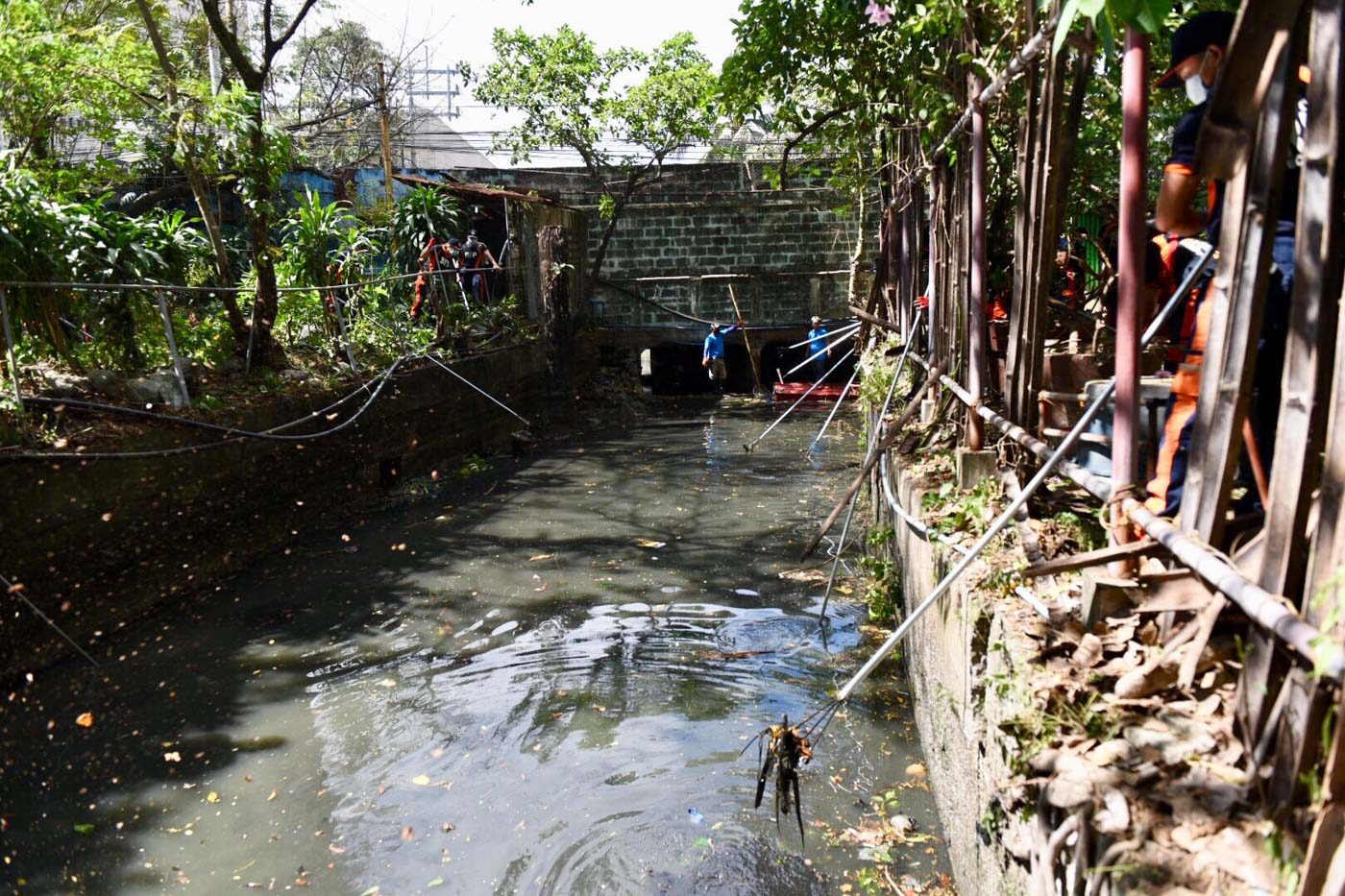
UP Marine Science Institute professor Gil Jacinto said facilities should be able to implement tertiary level treatments, where nitrogen and phosphorous levels are brought down. (WATCH: Rappler Talk: Cleaning up Manila Bay)
However, this type of treatment is very expensive.
“When the plans were put forward by the private sector, I guess it was targeted to come up with secondary level treatment, not tertiary,” Jacinto said.
The low sewerage coverage prompted the House committee on Metro Manila development to investigate why water companies, including Manila Water, were unable to fulfill their promises.
Poverty
With many poor people having no decent houses and jobs, it would appear that the stench of the waterways is the least of Manila’s problems.
According to the Philippine Statistics Authority, Manila’s poverty incidence is among the highest compared to other cities in the National Capital Region (NCR). The poorest is the Port Area, which registered a poverty incidence of 10%. It is the only area in the NCR with double-digit poverty figures.
The government’s strategy to relocate the poor to areas like Bulacan has been unsuccessful.
Environmental lawyer and former DENR Undersecretary Antonio La Viña urged government to be more open to in-city relocation.
“They can’t survive in areas like Bulacan. There are simply no jobs. Other countries have been successful in implementing in-city relocation, why can’t we?” he said.
Manila has over 7,000 families living near waterways and creeks, according to Manila officials.
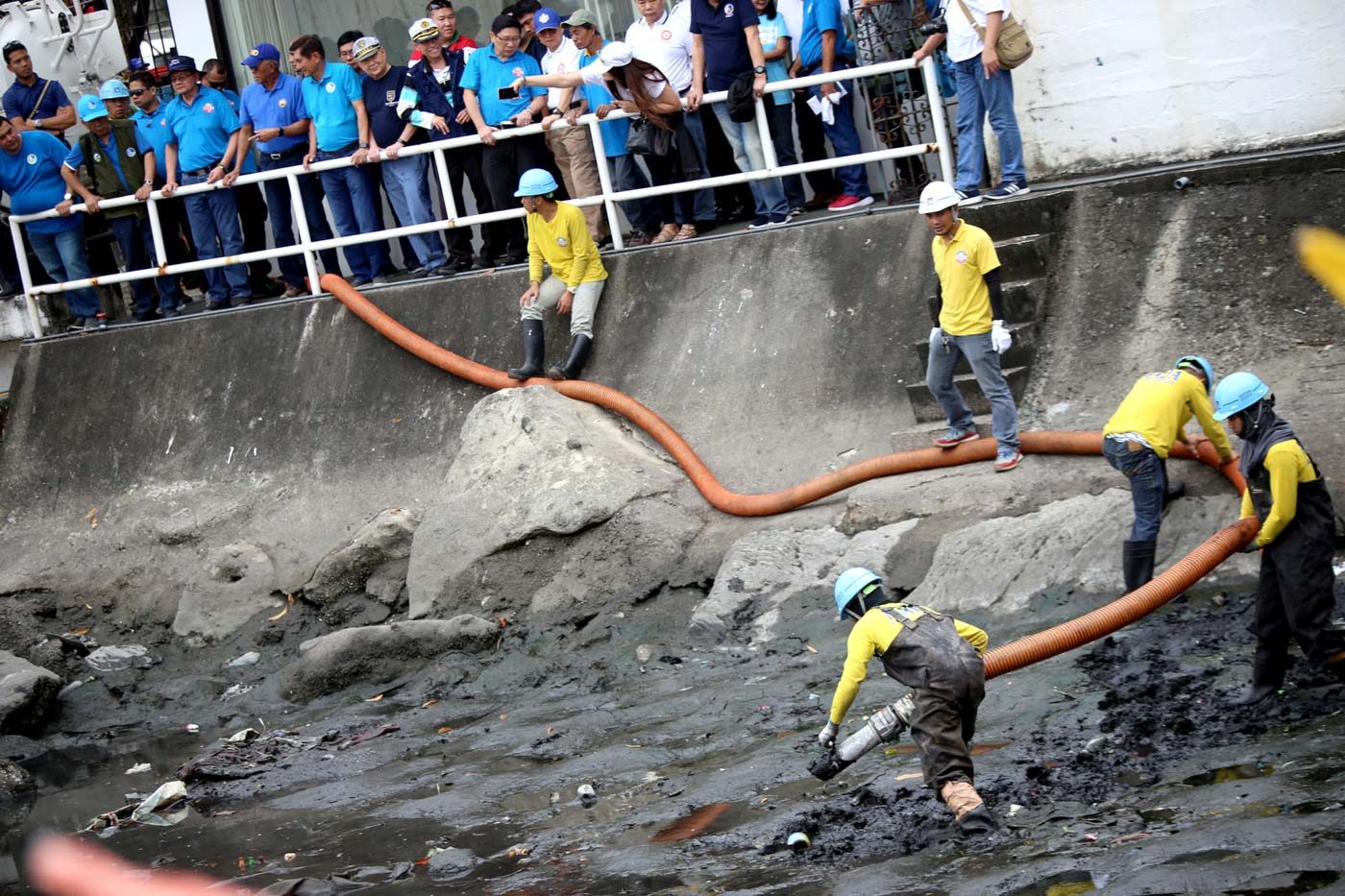
Moreover, relocation means bad news for elected officials as it equates to them losing voters.
While the Department of the Interior and Local Government said city mayors support the endeavors of national agencies, the leaders were nowhere to be found during the launch. None of the NCR mayors were on stage with Cabinet officials during the kick-off last January.
La Viña said politicians may be playing it safe, especially during this campaign season.
In-city relocation may be a win-win scenario for politicians – get people in livable spaces while maintaining their political hold. The approach, however, may not be agreeable to environmentalists, given the city’s record of resorting to destructive means to solve problems.
Back in 2017, Manila Mayor Joseph Estrada signed an agreement with the Shanghai Nanjiang Group, a Chinese real estate developer to study relocation to reclaimed land in Manila Bay.
New islands
Reclamation in Manila Bay to decongest the city is not a new proposal. As early as 1993, the Manila Goldcoast Corporation of the Tieng family had proposed reclamation.
Two decades later in 2013, the company proposed the creation of 3 islands in the area with a promise of economic growth and more land to develop.
Heritage conservationists opposed the project as it would cover the famous Manila Bay sunset. They also warned the project would cause more flooding. (READ: Cheat sheet: Manila Bay reclamation)
Come 2017 and more people have expressed interest in reclaiming the area. It appears that the Tiengs have found allies in SM Prime Holdings and Davao businessman Dennis Uy for the ambitious project.
Reclamation has to be thoroughly studied as it disrupts the ecosystem and even negates whatever social gains have been made. Jacinto warned that reclamation will only complicate Manila Bay’s pollution problems.
“You have a finite space or volume of water in Manila Bay, then you decrease that space and increase the number of people and therefore the waste load will increase,” he said.
DENR Undersecretary Benny Antiporda said the agency will not recommend reclamation due to the negative impact on the environment, but left the decision to the President.
Reclamation activities and proposals were recently transferred to the Office of the President, upon orders of the Chief Executive himself, Rodrigo Duterte.
Gameplan
The DENR said the rehabilitation will come in 3 phases, namely: water quality improvement, rehabilitation and resettlement, and education and sustainment. These will involve the following:
Water quality improvement
- Cleanup of designated waterways
- Reduction of fecal coliform level and toxic discharges from houses and establishments by causing connection to existing Sewage Treatment Plants (STP) and requiring STPs for government, commercial, industrial, and educational establishments
- Inspection and repair of leaks in old sewer lines
- Provision of temporary sanitation facilities to informal settlers residing along esteros and shorelines pending relocation
- Implementation of solid waste management
- Start of planning for the relocation of informal settlers
Rehabilitation and resettlement
- Rehabilitation of old sewer lines in NCR
- Relocation of informal settlers
- Guaranteed completion of Maynilad and Manila Water projects by 2022
Education and sustainment
- Continuing education of citizens to protect gains
- Sustained law enforcement and monitoring
- Fast tracking or early completion of the sewerage system in Metro Manila from 2037 to 2026
The DENR said it needs some P47 billion for all plans to pan out. It also promised that “some areas” of the bay will be suitable for swimming in 6 months to a year. Yet detailed plans and a budget breakdown have not been made available even to the media.
Moreover, the DILG already admitted that they have yet to discuss relocation plans with other government agencies. The task force has some concrete goals, but plans remain murky.
During the Manila Bay cleanup last January, people were thrilled to see the immediate effects of their efforts. They saw how unity and small, but collective action can bring back the beauty of the bay.
Government can bank on the positivity and willingness of people to help. But does it have a solid and coordinated plan that will restore and keep the old glory of Manila Bay? – Rappler.com
Add a comment
How does this make you feel?

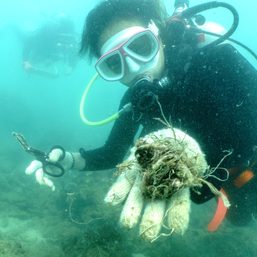
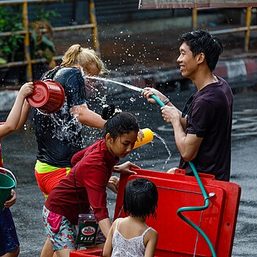
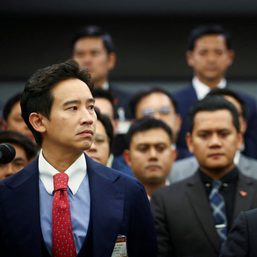

There are no comments yet. Add your comment to start the conversation.